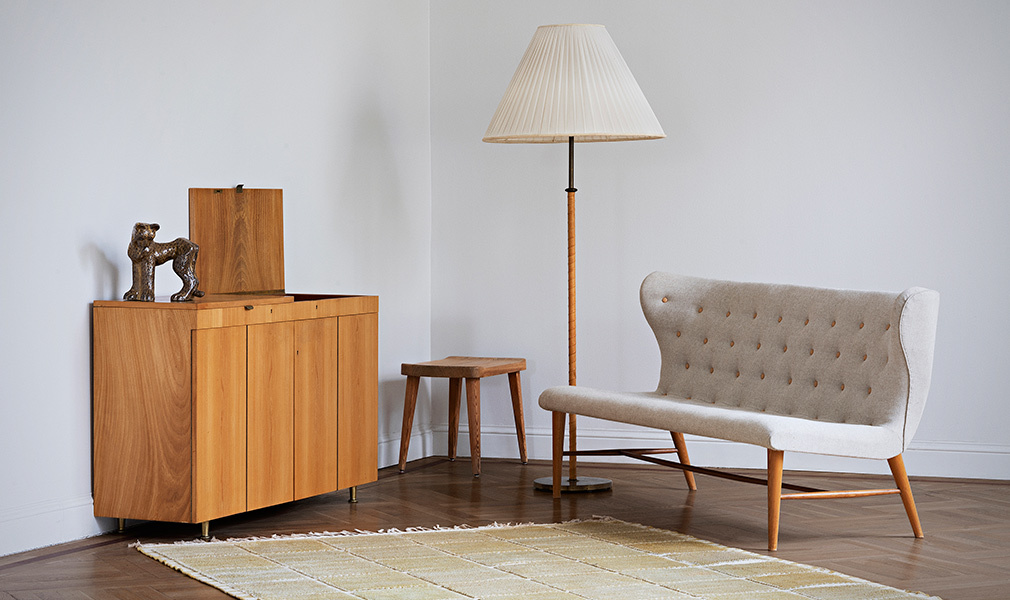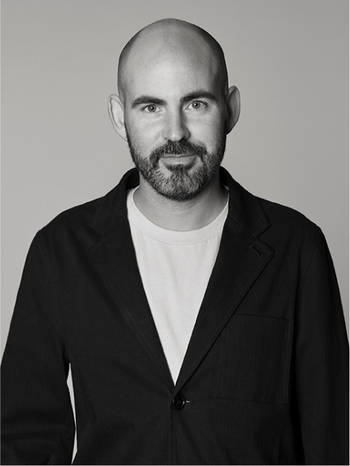Swedish Modern at Bukowskis Modern Art + Design Sale

Viewing May 9th–14th at Bukowskis, Berzelii Park 1, Stockholm
Open: Mon–Fri 11–18, Sat–Sun kl 11–17
Auction May 15th from 10AM at Arsenalsgatan 2, Stockholm. Read more about the sale >
In Sweden, the early 1930s functionalist movement's primary goal was to create a good environment for the modern people. Alongside with the discussion among the scholars, the crafts industry and the Swedish furniture manufacturing companies gradually developed into something new.
Eventually it gave the result that the program declaration from the 1930 Stockholm Exhibition did not only become a theory but a reality for more and more people. From the early 1940s, Swedish homes and interiors were adapted to a more modern way of life and living. The Swedish modernism, often described as a bit softer and perhaps more humanistic form of modernism, which among other things was shown both in Paris 1937, and two years later in New York in 1939, has come to be called Swedish Modern. The emphasis was on developing utilitarian wares and works of art for everyday use, combined with an innovative design. During the 1940s it was yet again in the production of luxury wares that most of the innovative ideas appeared.
The new way of creating cosy and comfortable interiors that emerged in Sweden during the late 1930s and 1940s is something that characterizes the Scandinavian way of furnishing even today. Examples of designers and architects working within Swedish Modern are Bruno Mathsson, GA-Berg, Elias Svedberg, Carl-Axel Acking, Carl Malmsten and not least Josef Frank. With a few words, Swedish Modern is regarded as a softer and more pleasant form of modernism.






















































































